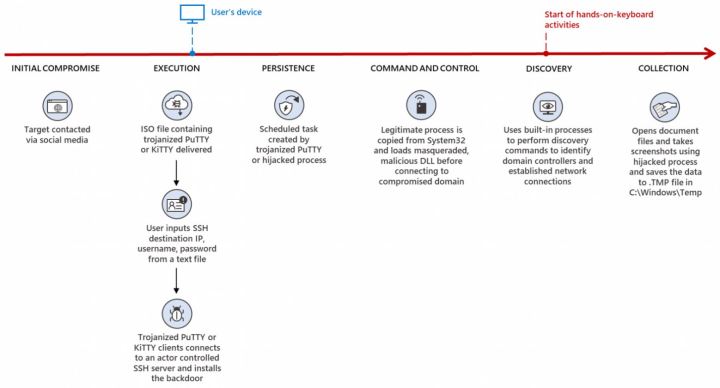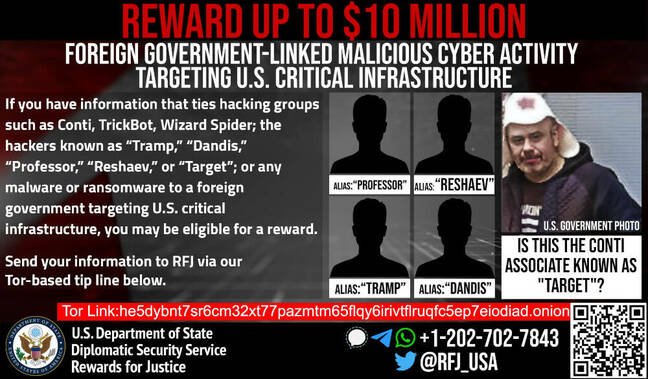AT&T to Offer Samsung Galaxy A14 5G Starting Jan. 13
Get More Bang for Your Buck When the Samsung Galaxy A14 5G Arrives at AT&T
Beginning Jan. 13, New and Existing Customers can Purchase the Newest Samsung Galaxy A14 5G for $2/mo. with No Trade in Required1
What’s the news? Beginning Jan. 13, AT&T* is introducing the Samsung Galaxy A14 5G2 – the latest device in the A series line up. AT&T 5G is fast, reliable, and secure, and all AT&T unlimited plans3 include 5G access at no extra charge.
The new Samsung Galaxy A14 5G will be available online and in stores.
AT&T gives you more value for your new Samsung Galaxy A14 5G.
- Unlimited Plans: With options like Unlimited Your WaySM – we give customers the choice to pick the perfect plan for each family member on the account. All our unlimited plans include AT&T 5G access and AT&T ActiveArmorSM mobile security.4
- AT&T ActiveArmor: Our built-in security service is a combination of our 24/7 network protection that proactively detects and prevents threats, plus free, easy-to-use security apps and solutions.
- International Travel with AT&T: Traveling abroad? Use your phone like you do at home with unlimited high-speed data, talk, and text, in 210+ destinations for $10/day.5 We’re also now including talk, text and high-speed data6 in 19 Latin American countries for customers on our Unlimited Premium plan at no extra cost.
- myAT&T app: Download our free app with updated features like pre-order date calendar reminders to even simpler navigation that gets you to the new Samsung Galaxy A14 5G faster. Text myATT to 556699 for the link.
- AT&T Right To You: For a more personal, white glove delivery and expert setup service, try AT&T Right To You – you can pick when and where you want to receive your device. You can also enjoy free shipping with flexible returns, as well as same day pick-up, either in-store or curbside.7
What about features?
Packed with appealing features like a vivid display, this modern sleekly designed phone is an amazing value for those looking for new and sophisticated without a designer price tag. A few additional features include:
- 5G Connectivity: This smartphone is powered by fast, reliable, secure AT&T 5G and built with your security in…







